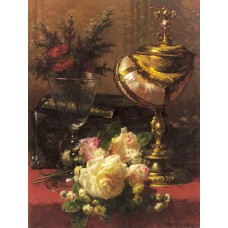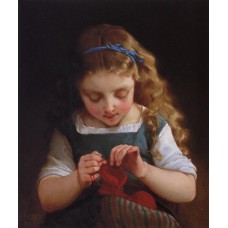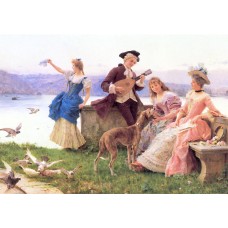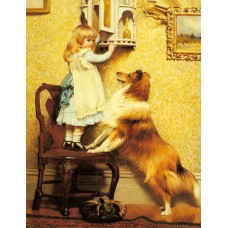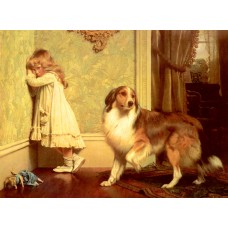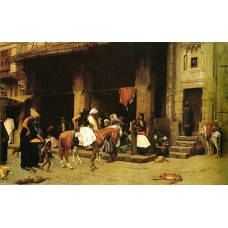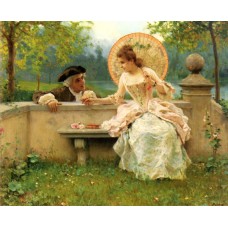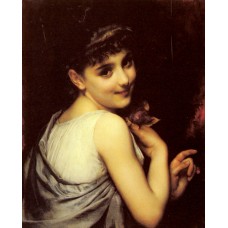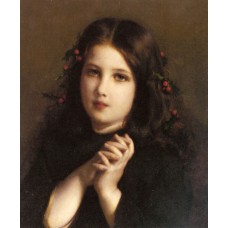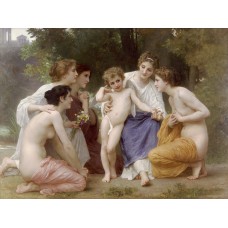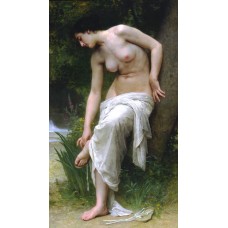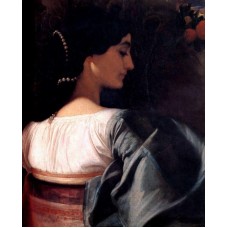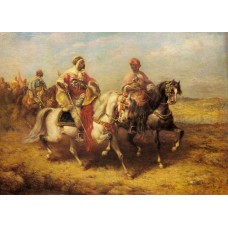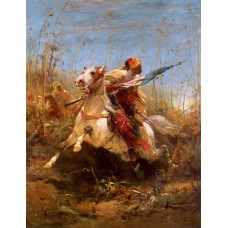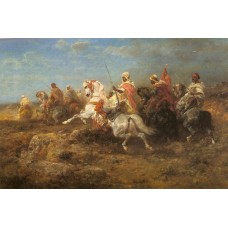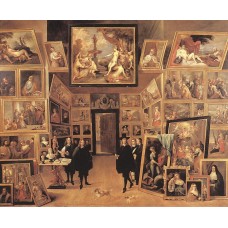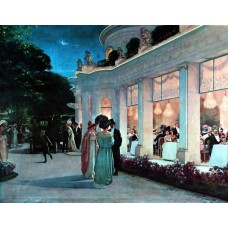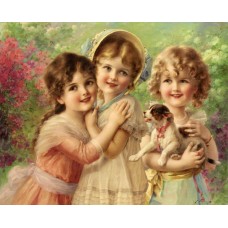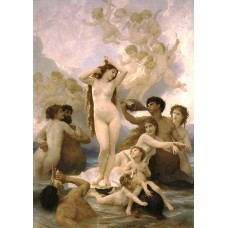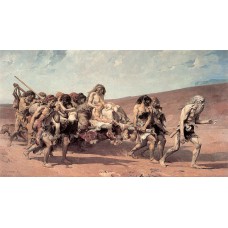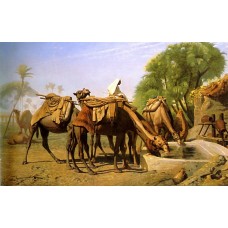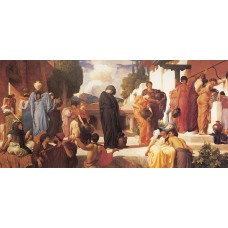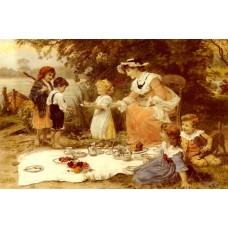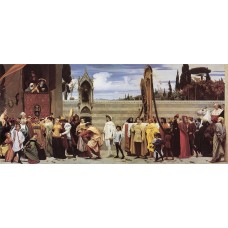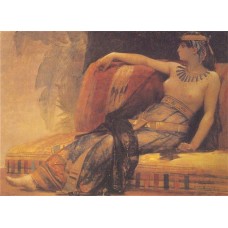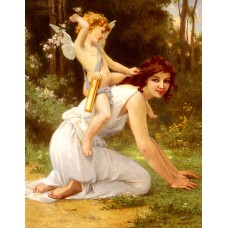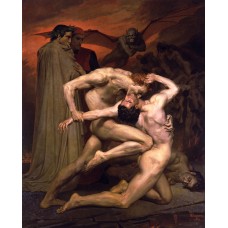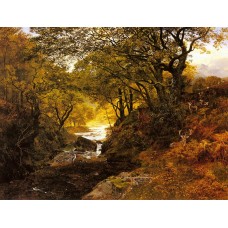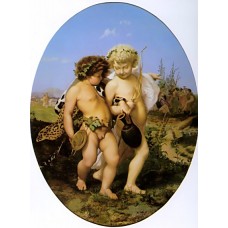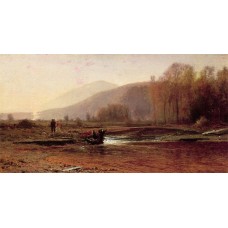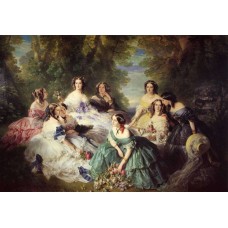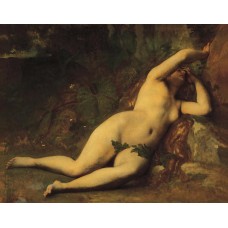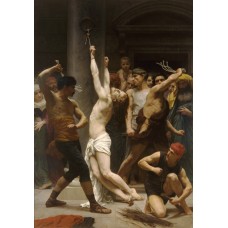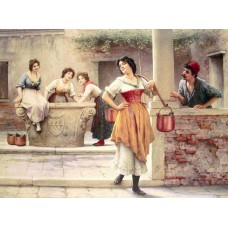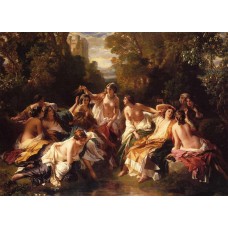Academic Classicism
By definition we can see that classical art advocated the classical spirit and showed characters of solemn, noble.
From the 18th century, the Academic Classicism declined gradually, but until 50s of the 18th century, Neo-classical art began to spread in Europe and this art form continued its influence till the 19th century.
Neo-classical paintings got some similar characters with classical paintings. Neo-classical artists tried to recover the traditional classical paintings, particularly the ancient Greek art and the ancient Roma art. The painting style sought the classical peaceful atmosphere and solemn and the accurate attitude. Based on the rational aesthetics, Neo-classical paintings adapted many ancient subjects as the oil painting source material.
Different from the declined Baroque art and Rococo art, the Neo-classical art tried to develop the oil painting art by the ancient art. Neo-classical art remarked the birth of the new aesthetics.
From the early stage of the 18th century, many people began to care about ancient art. Especially some Italian culture ruins, These trends finally affected the emergence and the development of the Neo-classical art. We can say that Neo-classical art form was in accord with the Enlightenment and the rational times. Many great oil painting artists took part in the Enlightenment and the leaved many great painting arts for us. Neo-classical artists’ enthusiasm on the ancient art and foreign country’s culture formed the pioneer of the Romantic art. Except indicates the oil painting art from the end of the 18th century to the early stage of the 19th century, Neo-classical is also used to indicate the seeking and worship on the classical art in current times.

